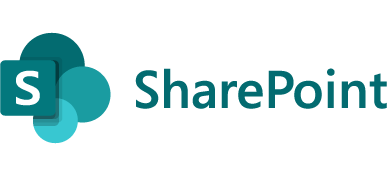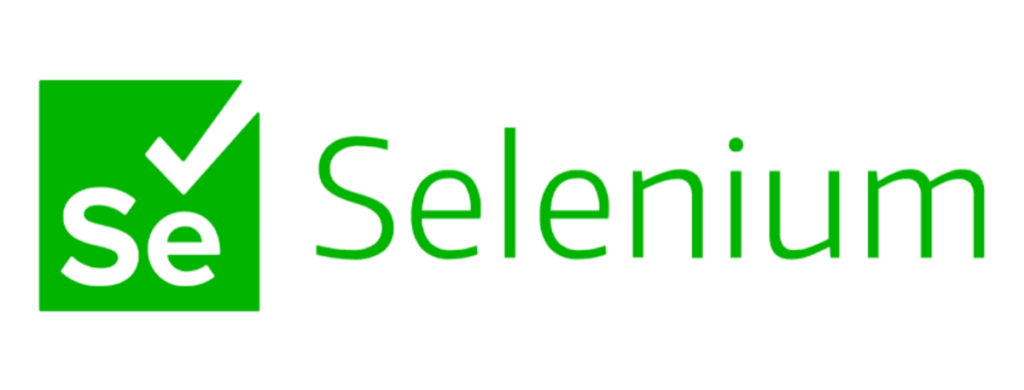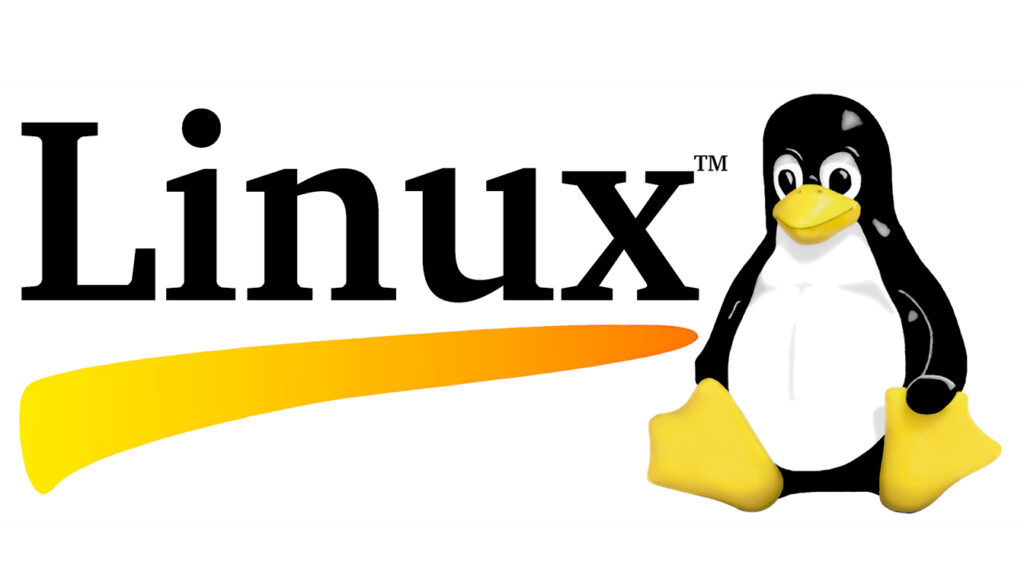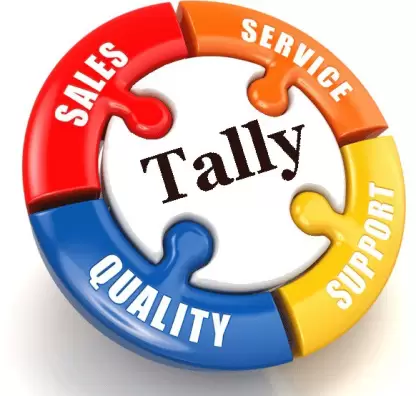
Course Details
- Category
- Micro Soft
- Mode of Training
- Online/Offline
- Duration
- 3 - 4 months
- Fees
- ₹ 2000
Course Features
Instructor led Sessions
Real-life Case Studies
Assignment
Certification
Instructor led Sessions
Related Courses
Microsoft Azure Training
Blockchain Training
Matlab
Training
Sales Force Training
Sharepoint Training
Oranium Tech introducing some amazing content on SharePoint. Organizations use Microsoft SharePoint to create websites. You can use it as a secure place to store, organize, share, and access information from any device. All you need is a web browser, such as Microsoft Edge, Internet Explorer, Chrome, or Firefox.
Course Syllabus
This course is divided into 4 parts. They are:
• SharePoint Fundamentals
• SharePoint Designer and Branding
• SharePoint Administration
• SharePoint Development.
• Understand IIS Web Server and hosting websites in IIS.
• Understand the role of SharePoint in developing Corporate Portal.
• Creating Sites and Subsites.
• Understanding and the use out of the box lists and libraries to build the SharePoint site.
• Creating Custom Lists and Libraries.
• Working with Content Types and Site Columns.
• Use out of the box Web Parts.
• Use out of the box workflow management.
• Develop familiarity with SharePoint Designer 2016.
• Creating External Lists using BCS.
• Branding SharePoint site.
• Working with Master Pages and Themes.
• Creating forms for lists and libraries using InfoPath.
• Installing and configuring all the required software’s products to work with Microsoft SharePoint
2016.
• Creation of SharePoint Web Applications, Site Collections, Sites and Sub sites.
• Managing permissions for Active directory users in database based on Claims authentication.
• Provisioning Service Applications and binding with Web Applications.
• Managing large amount of data and documents using Content management features like document
sets, document IDs and content organizer.
• Configuring and manage user profile service and activate various socializing features of SharePoint
2016.
• Implementing Search Features in the site.
• Learning PowerShell and writing scripts to performing important admin related operations.
• Plan and execute Backup and Restore
• Learning SharePoint Server API.
• Customizing most widely used sections of the SharePoint (site collections, sites, lists, lists items, list queries, fields).
• Using CAML Queries and LINQ to fetch data from SharePoint lists.
• Understand features and executing custom code while features are activated and deactivating.
• Write code for custom event handlers.
• Building and deploying web parts.
• Develop custom workflow solutions for SharePoint.
• Using features and solutions for deploying projects in Microsoft SharePoint Server 2016.
• Developing Sandboxed solutions with limited access.
• Accessing external data using BCS.
• Develop custom Application Page with Client Side Object Model.
• Using RESTful and OData.
• Develop SharePoint Apps for different environments.
Fundamentals Module – Basic knowledge of using Windows and MS Office products.
Designer and Branding Module – HTML and CSS
Administration Module – Though we cover from the ground up, basic knowledge of networking will be added advantage.
Developer Module – Basic knowledge of C# and ASP.NET is mandatory
In this module, we will talk about a brief introduction to IIS, and hosting a site in IIS. What are Pool, worker process, and App Domains? We also learn about the HTTP life cycle and more about application security like HTTPS and SSL Certificate, and how to create certificate and add to respective application, how to create groups and users in active directory
• What is IIS
• IIS WebSite and WebApplication
• Steps to Create Multiple Websites on Port 80
• What is the Application pool
• What is ISAPI Filter/Application
• Web Garden and WebFarm
• HTTPS and SSL
• Active Directory and Users Creation
In this module, we will cover the most important points about SharePoint and its features, and we will discuss briefly six pillars of SharePoint, actually, how it works in real-time environments. We also see about roles and different versions of SharePoint.
• What is SharePoint?
• Role of SharePoint in LAN
• High-level Features
• Six Pillars of SharePoint
• SharePoint 2016 Benefits
• Roles in SharePoint
• Version History of SharePoint
• SharePoint Editions
• In this module, we will talk installation of SharePoint, what are the pre-requisite for installing SharePoint.
• Server Hardware and Software Requirements
• Supported Browser on Client
• Types of Installation
• Software’s to be Installed
This module describes, how can we create web applications, site collection, and customization of the homepage, and create sites and subsites. Create quota and how to use quota on application, create the template, and use it for different applications.
• Creating WebApplication
• Creating SiteCollection and TopLevel Site
• SharePoint Site HomePage
• Branding Look and Feel
• Working with Quota Templates
• Creating Sites and SubSites
• Save Site as Template and Creation Site Using Template
This module deals with complete about Lists, means creating list and adding custom columns to list
• Introduction to Lists
• Creating Custom Lists
• Adding Custom Columns
• Alert Me Option
• Sort and Filter List
• Create /Manage List View
• SiteColumn
• Content Type
• List Template
• MetaData Navigation Settings and List Throttling
In this module, we will discuss what are predefined Lists and Libraries, how to add one or more files to a library, and how to add/edit/delete a document and give permission to view or edit the document, check in and check out of the documents, we will also cover how can we manage document and save it as
a template, we can use metadata to populate SharePoint columns and set icons on the document. An important point is mapping our library to the network driver from there we can directly access our
files/documents.
• Predefined Lists
• Predefined Libraries
• Create a Document Library
• Add one or more files to a document Library
• Adding Custom Columns to the Library
• Add/Edit/Delete Document properties
• Enabling Approval
• Versioning Documents
• Check Out, Edit, and Check in Files
• Managing Document Template
• Editing Document Template
• Use Word to Populate Metadata in SharePoint Columns
• To set the Icon for new Document types
• Mapping Library to Network Drive
• Document Workspace
• Information Policy
In this module, we look at the designing part, thus how we can create our own design and integrate with the SharePoint site.
• Introduction to SharePoint Designer 2013
• Creating and Opening Site in SPD 2013
• Creating/ Customizing Lists and Libraries
• Ghosted and Unghosted pages
• Understanding MasterPages
In this module, we look at the designing part, thus how we can create our own design and integrate with the SharePoint site.
• Introduction to SharePoint Designer 2013
• Creating and Opening Site in SPD 2013
• Creating/ Customizing Lists and Libraries
• Ghosted and Unghosted pages
• Understanding MasterPages
We will cover, how can we brand our SharePoint team sites and public sites, we can create masterpages and access it to different applications, an creating one custom theme and use it on different sites. Interaction with JavaScript on SharePoint pages.
• Branding site Team Sites
• Branding SharePoint Publishing sites
• Custom MasterPages and Layout Pages
• Creating Custom Theme
• Creating and using a Design Package
• Using Device Channels
• Adding Interaction SharePoint Pages by using JavaScript
In this module, we discuss about giving permissions by creating and giving permission at groups and users level in active directory, especially for managing permission for subsite and editing list and libraries, how can we manage accounts
• Authentication Vs Authorization
• Creating users and Groups in Active Directory
• SharePoint Groups
• Creating Custom Permission Groups
• Creating Custom Permission level
• To bind User/Groups and Permission Level
• Managing Permissions in Subsite
• Permissions for Lists Libraries or List Item
• To set Site Confirmation and Deletion of Unused Sites
• Managed Accounts
• Allow users to Create their Own Sites
• Additional Security Features
In this module, we will cover claim-based authentication working and authentication for accessing SQL servers, Creating WebApplication using CBA and how to enable form-based authentication, and creating zones and how to use its mapping.
• How does claim based Authentication Work
• Creating SQL Server Database for Authentication using Membership and Role Provider
• Creating WebApplication using CBA
• Allowing anonymous access to a web application
• Enable Forms-based Authentication
• Editing Web.Config of WebApplciation, Central Admin Application, and STS
• Zones in SharePoint
• Creating Alternate Access mapping.
In this module, we will cover service applications, thus what is service applications and the benefits of service applications used on sites. We also cover the service application life cycle.
• What is ServiceApplication?
• Benefits of Service Application
• ServiceApplication Life Cycle
• Installing ServiceApplications and associating with WebApplications
• List of Service Applications
• In this module, we will talk about ECM and various ECM content types.
• Introduction to ECM
• Provisioning Managed Metadata Service Application
• Termstore Management Tool
• Enterprise Content Types
• Document Sets
• Document Id Service
• Content organizer
• Documents and Records Management
We will discuss social computing, how to use profile service applications and how can we manage user profiles on sites. What is an activity feed job and how do use them on work sites? How to create and configure communities on SharePoint sites.
• What is Social Computing?
• Managing User Profiles
• User Profile Service Application
• Synchronization Service
• Working with My Site
• Activity Feed Job
• Following settings Creating and Configuring Communities
• Working with the Audience
In this module, we will discuss search solutions and what is the purpose of enterprise search solution and more briefly about MS server-side products. What are all the new features in 2016 and configuring crawler settings, queries, and result settings? Creating search administration at the site level to search for data, and creating keywords and etc for better provisioning.
• Purpose of Enterprise Search Solution
• Microsoft Server Side Search products
• What’s new in SharePoint Search Server 2016
• Logical architecture for Enterprise Search Components
• Setting up a Search Service Application
• Configuring Crawler Settings
• Queries and result Settings
• Search Administration at site collection level
• Creating KeyWords, Definitions, Best Bets, and Synonyms
• Creating Search Scopes
In this module, we will talk about Powershell commands, writing scripts in windows PowerShell, SharePoint PowerShell snapin on managing sites, creating and managing web applications and site collection and site using PowerShell scripts windows.
• Overview of Powershell
• Pipelining of Command lets
• Windows Powershell Scripts
• Using .Net objects
• SharePoint Powershell Snapin
• Creating/Managing a WebApplication
• Creating/Managing SiteCollection and Site
In this module, we will talk about how to take backup and restore web applications and granular backup of the site collection, and how to export and importing of lists.
• Complete Backup of WebApplication
• Complete Restore of WebApplication
• Granular backup of SiteCollection
• Exporting and Importing Lists
We will discuss the server object model in detail and various server objects. How to work with list and document libraries, and some sample examples of the object models.
• Site Architecture and Server object Model
• SPWebApplication, SPSite, SPWeb, SPList and more
• Working with List
• Working with Document Libraries
• Sample Programs to understand the Object Model
In this module, we will talk detail explanations of CAMAL and LINQ Queries.
• CAML Overview
• Querying Lists using CAML
• Querying Joined Lists using CAML
• Linq to SharePoint Overview
• Using SPMetal Tool
• Querying Lists using Linq
• Querying based on lookup Coloumn
• Querying Joined Lists using LINQ
This module explains about features part of SharePoint 2016, how can we access the SharePoint root directory, and creating new features and deploying and managing SharePoint solutions using PowerShell commands.
• SharePoint Root Directory
• Features Overview
• Features Scope
• Creating a new Feature and Deploying using V.S 2012
• Feature Events
• Managing SharePoint Solution using Powershell Commands
In this module, we will discuss creating site columns, custom actions, and site definitions using CAMAL, and how can we modify the UI using custom actions.
• Creating lists SiteColoumns, CustomActions and SiteDefinition
• Modify the UserInterface using the Custom Actions
• Creating the Site Definition
This model describes various types of pages in SharePoint detail.
• Site Pages
• Application pages
• Master Pages
This module gives us knowledge on Event functionalities in SharePoint and how to handle event handlers and receivers and registering and sample examples on before events and after events.
• Event Handlers-Before Events and After Events
• Event Receiver Base Classes
• Registering Event Handlers
• Example of Before Events
• Programming After Events
In this module, we will discuss creating web parts and adding to sites, and different types of web parts in SharePoint. We can talk about more about content rollup and different filters and forms, media and content and search, and social collaboration in SharePoint.
• Content Rollup
• Filters
• Forms
• Media and Content
• Search
• Social Collaboration
• Building a Simple WebPart
• Persisting Properties
• Editing properties in Editor WebPart
• Developing Custom EditorWebPart
• Composite WebPart
• Visual WebPart
• Web Part Communication
In this module, we will discuss sandboxed solutions and their benefits of it. We can compare solutions with web farm solutions and how to enable sandboxed solutions through central admin. How to create the sandboxed solution and deploy on-site, and a few windows PowerShell for admin.
• What is Sandboxed Solution?
• Comparing Farm Solution with Sandbox Solution
• Benefits of using Sandbox Solution
• To enable sandboxed solutions by using Central Admin
• Create a Sandbox Solutions Project with a WebPart
• Build and Deploy the Sandboxed Solution
• Using Windows Powershell for Administration Sandbox Solutions
• This module describes everything business connectivity service
• Creating a BDC Project in Visual Studio
• Working with Entities and Methods
• Type Descriptor
• Using Data in External List
• Granting Permissions to the BDC List
In this module, we will learn about workflow and built-in workflow features in SharePoint 2016. We can create a workflow using Visio and designer 2016. We can build workflow using visual studio and deploy.
• What is Workflow?
• Built-in SharePoint 2016 WorkFlows
• Workflow Manager
• Building Custom Workflow using Visio 2016 and SharePoint Designer 2016
• Site Workflow
• Publishing and Deploying Workflow
• Building Custom Workflow using Visual Studio 2016
In this module, we can learn about the complete Client Object Model.
• How Client Object Model Works?
• Managed Client Object Models and Design
• Understanding Load and Execute Query Methods of Client Context
• Adding List and List Items
• Querying List data using Camal
• Performing Crud Operations over List
• Querying Large Lists
• JavaScript Client Object Model
• Overview
• Performing Async Operations using SP. Client Context object
• Fetching Lists Properties
• Crud over Lists
This module explains what are the roles and Odata in SharePoint in detail and explains about rest service architecture in SharePoint and a few examples of it.
• Role of rest and OData in SharePoint
• SharePoint Rest Service Architecture
• Rest End Points using OData queries to Select Filter and Sort
• Example to Create, Update and Delete Lists
• Example to Add, Edit and Delete Items in the List
In this module, we will discuss APPS
• Overview
• Apps Hosting Options
• Configuring an Environment for apps for SharePoint
• Manage the App Catalog in SharePoint 2016
• Using office 365 and NAPA tool for Development
• Deploying SharePoint SharePoint Hosted App using VS 2012
• Developing Custom Action
• Developing Client WebPart
• Using Rest API
• Deploying Provider hosted App
• Deploying Auto Hosted App
In this module, we will discuss InfoPath in detail.
• About InfoPath
• Creating SharePoint List and Publishing Sharepoint SharePoint Site
• Creating Forms and Publishing them to SharePoint Site
• Deploy Form Templates that Contain form Code that requires full trust
• Writing Custom Code in InfoPath form
• Walkthrough to Delete SharePoint List Items from InfoPath form
• Convert Word forms to InfoPath
• Convert Excel Documents to InfoPath
This module will explain digital signatures on InfoPath.
• Publish an InfoPath form to the forms Server and digitally sign it
• Enable Sections in an InfoPath form to accept digital Signatures
• Digitally sign an InfoPath Form and Submit using email
In this module, we will talk about infopath external data and more info about external data.
• Retrieve data from SharePoint Lists and your databases into InfoPath forms
• InfoPath Validation Formatting
• Template Part – Email field with Built in Validation
• Enhance InfoPath form with Validation ,Formatting and Lookups
• Fast Site Creation
• Feature Activation
• Navigation
• Hybrid Feature
• Document Library Support
• Office 365
• Security Improvements
• User Improvements













